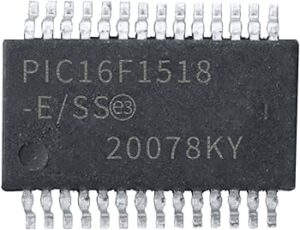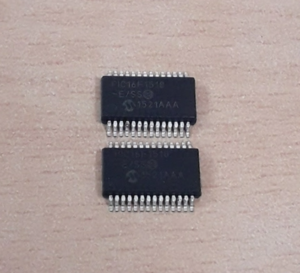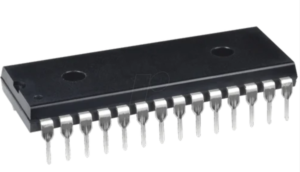Reading the MCU PIC16F1518 flash memory program often involves advanced reverse engineering techniques to access its protected firmware. This secured MCU typically employs protective features to prevent unauthorized access, requiring methods to break or bypass encryption mechanisms. The process may include decrypting the binary or heximal data stored in flash memory and EEPROM memory, allowing recovery or restoration of the embedded program or software.
Professionals in the field may attempt to copy or clone the flash memory program for purposes such as system diagnostics, firmware backup, or replication of the microprocessor’s functionality. Understanding the architecture of this protective microcomputer is crucial, as it ensures successful extraction without damaging the source code or program integrity. Tools for reverse engineering and firmware analysis can facilitate reading and recovering the MCU PIC16F1518 flash memory program, making it possible to study or duplicate the embedded software for authorized use.

If engineer wants to Read MCU PIC16F1518 Flash Memory Program, it is critical to feature out the memory organization:

There are two methods of accessing constants in program memory. The first method is to use tables of RETLW instructions to Unlock Microcontroller. The second method is to set an FSR to point to the program memory.
The RETLW instruction can be used to provide access to tables of constants when Read Heximal From Microcontroller PIC12LC672. The recommended way to create such a table is shown in below Example.


